The night sky is full of wonders, with constellations that have fascinated humanity for centuries. Some of these star patterns stand out due to their distinct shapes, mythical stories, and scientific significance. Here, we explore some of the most enigmatic constellations that you can observe, each offering a unique glimpse into the cosmos.
Orion
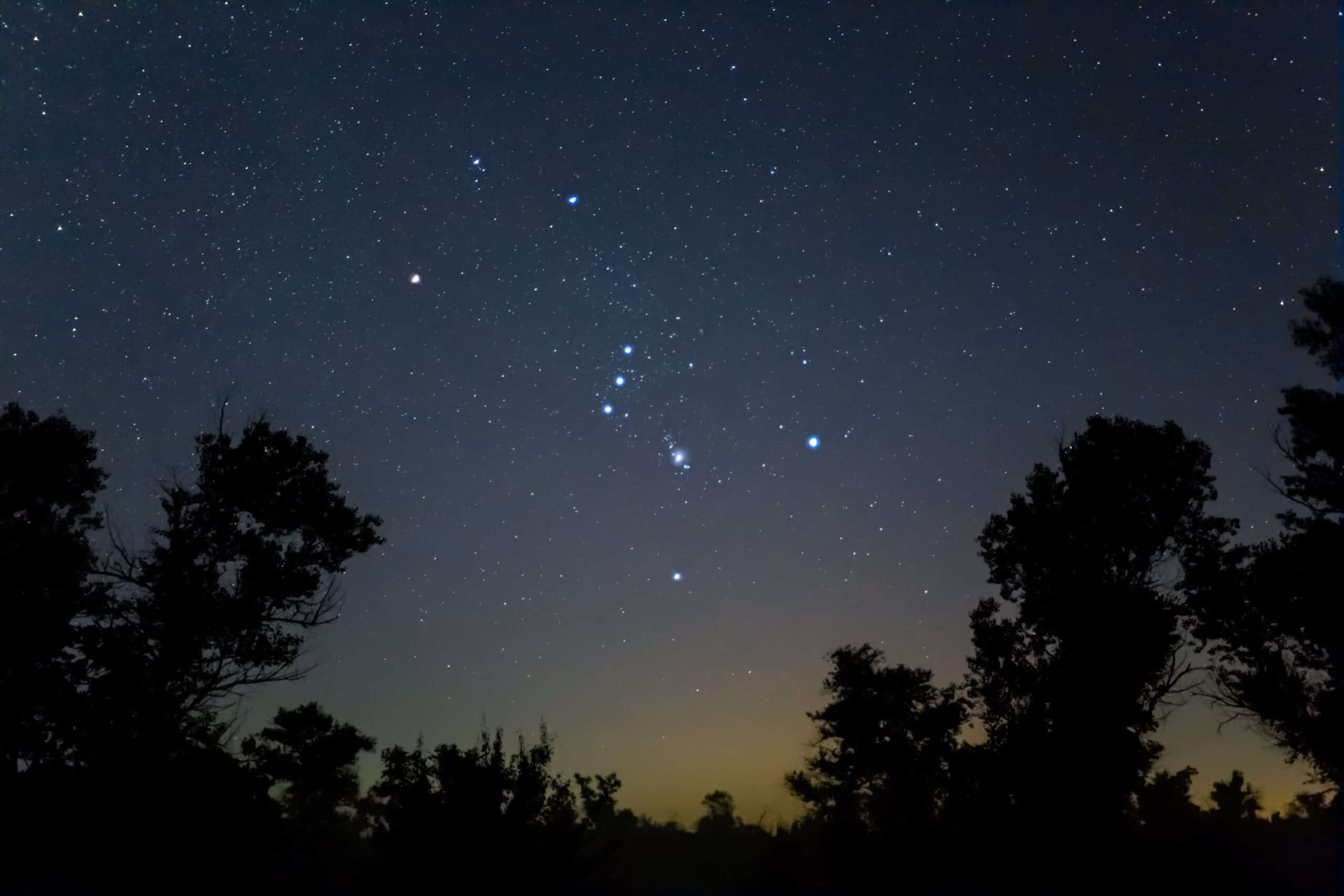
Orion, the Hunter, is one of the most well-known constellations. Its bright, easily identifiable “belt” of three stars makes it a favorite among stargazers. You can see Orion from almost anywhere in the world, especially during winter in the northern hemisphere. Look for its belt and the bright stars Betelgeuse and Rigel. This constellation is rich in mythology and is visible along the celestial equator. Its significance spans many cultures, adding to its mystique. Orion’s stars are some of the brightest in the sky, making it both a visual and a cultural icon.
Cassiopeia
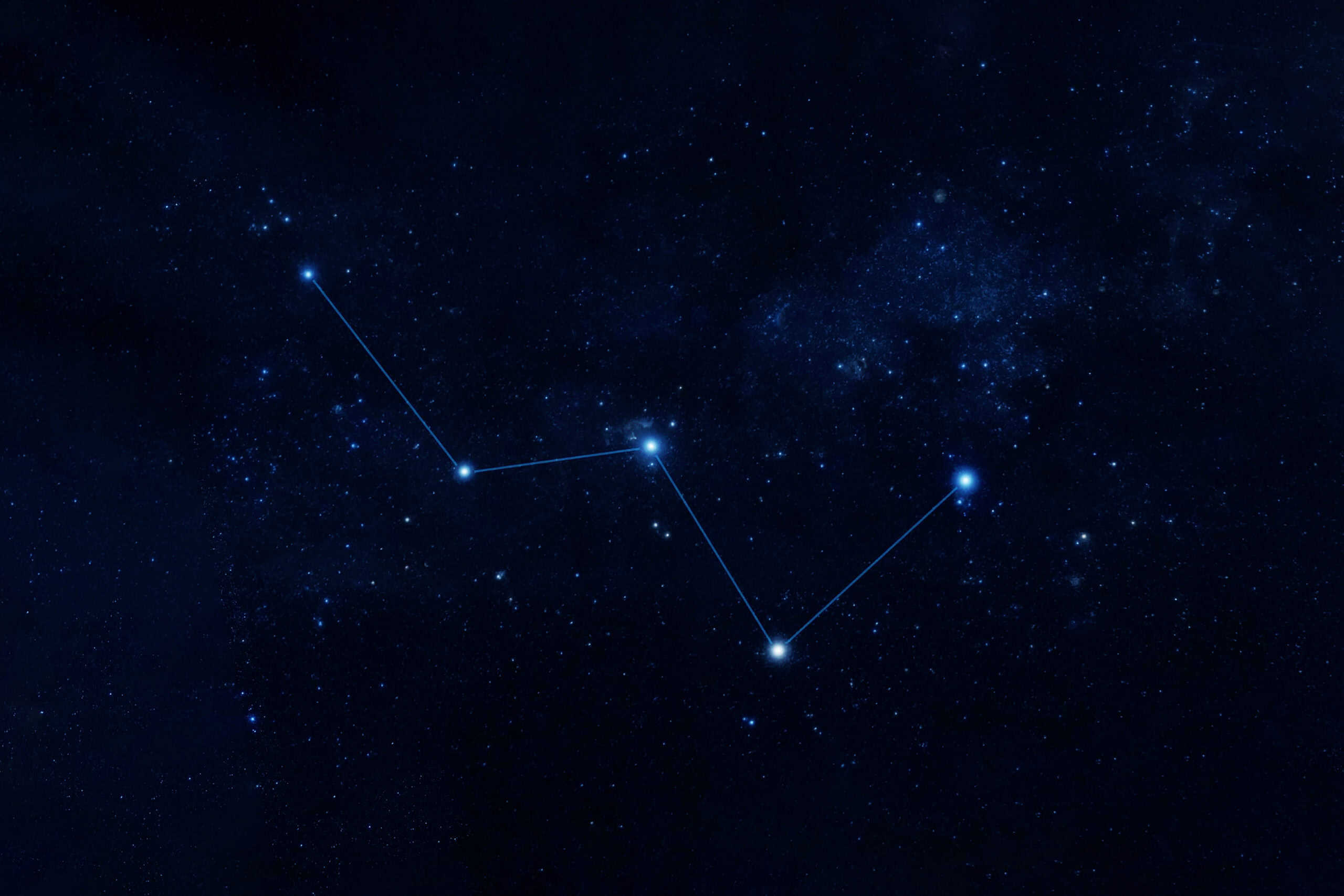
Cassiopeia, shaped like a W or M, represents a queen in Greek mythology. This constellation is easily spotted in the northern sky throughout the year. Its five main stars form a distinctive shape that circles the North Star, Polaris. Cassiopeia’s position and shape make it an intriguing constellation to observe. It is rich in deep-sky objects, such as star clusters and nebulae, making it a treasure trove for astronomers. Its mythological roots and unique formation add to its enigmatic charm.
Andromeda
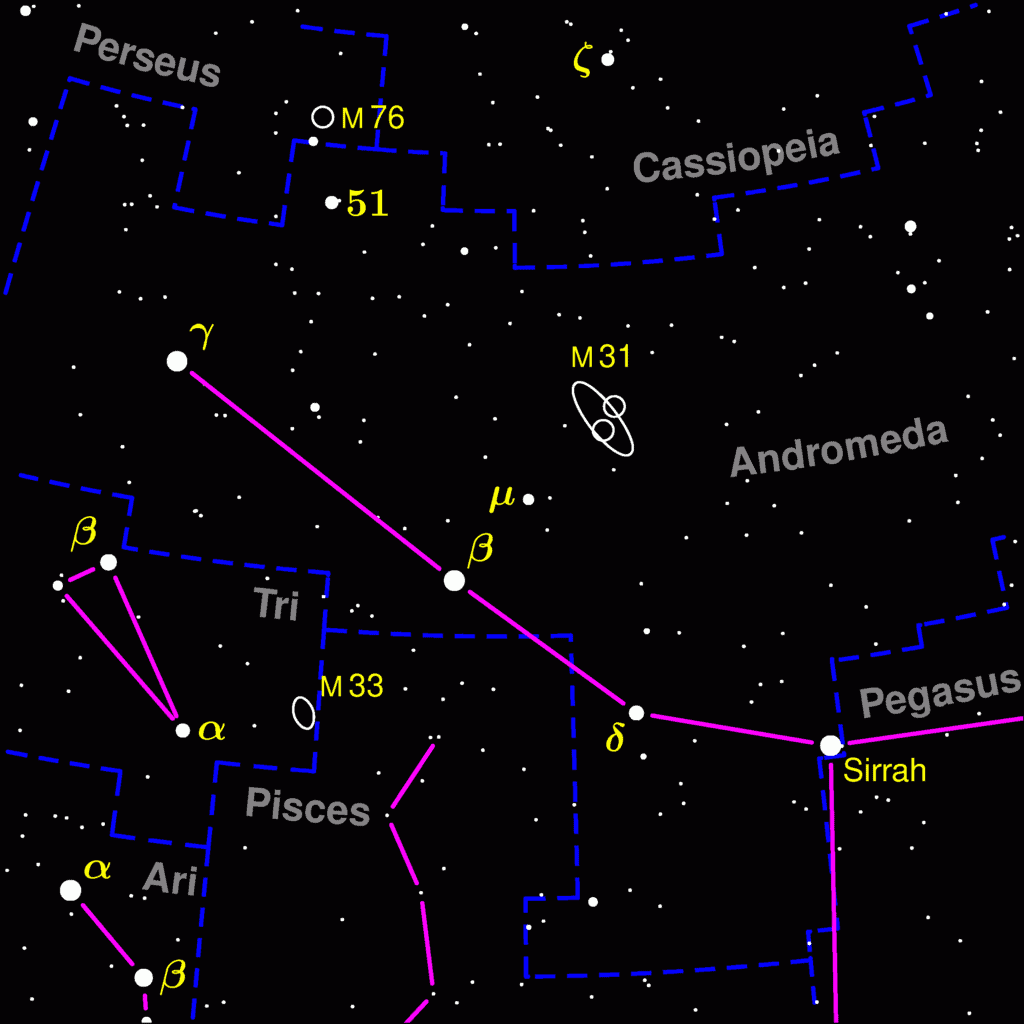
Andromeda is named after the mythical princess who was saved by Perseus. It is best seen in the autumn sky of the northern hemisphere. The constellation is home to the Andromeda Galaxy, the closest spiral galaxy to our own Milky Way. This galaxy is visible to the naked eye and has been a focal point for astronomers. Andromeda’s combination of mythological significance and astronomical interest makes it a captivating constellation. Its stars and the nearby galaxy offer a window into the broader universe.
Scorpius
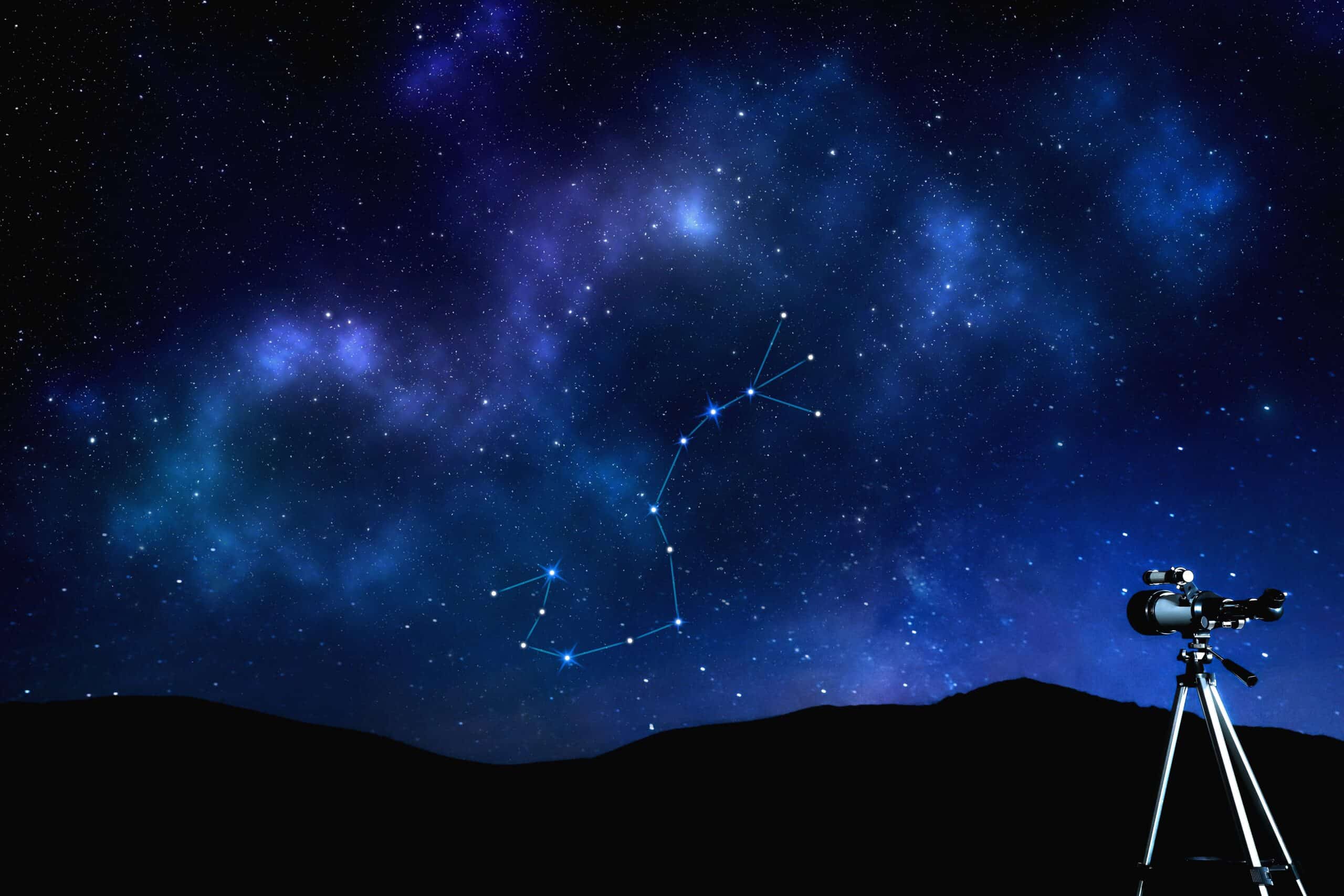
Scorpius, the Scorpion, is prominent in the southern sky. Its curved shape resembles a scorpion and is easily identified by the bright star Antares, which marks its heart. Scorpius is best viewed during summer in the southern hemisphere. This constellation is deeply intertwined with mythological tales and often associated with Orion. Its rich star fields and numerous star clusters add to its allure. Scorpius’ distinct shape and bright stars make it a favorite among observers.
Ursa Major
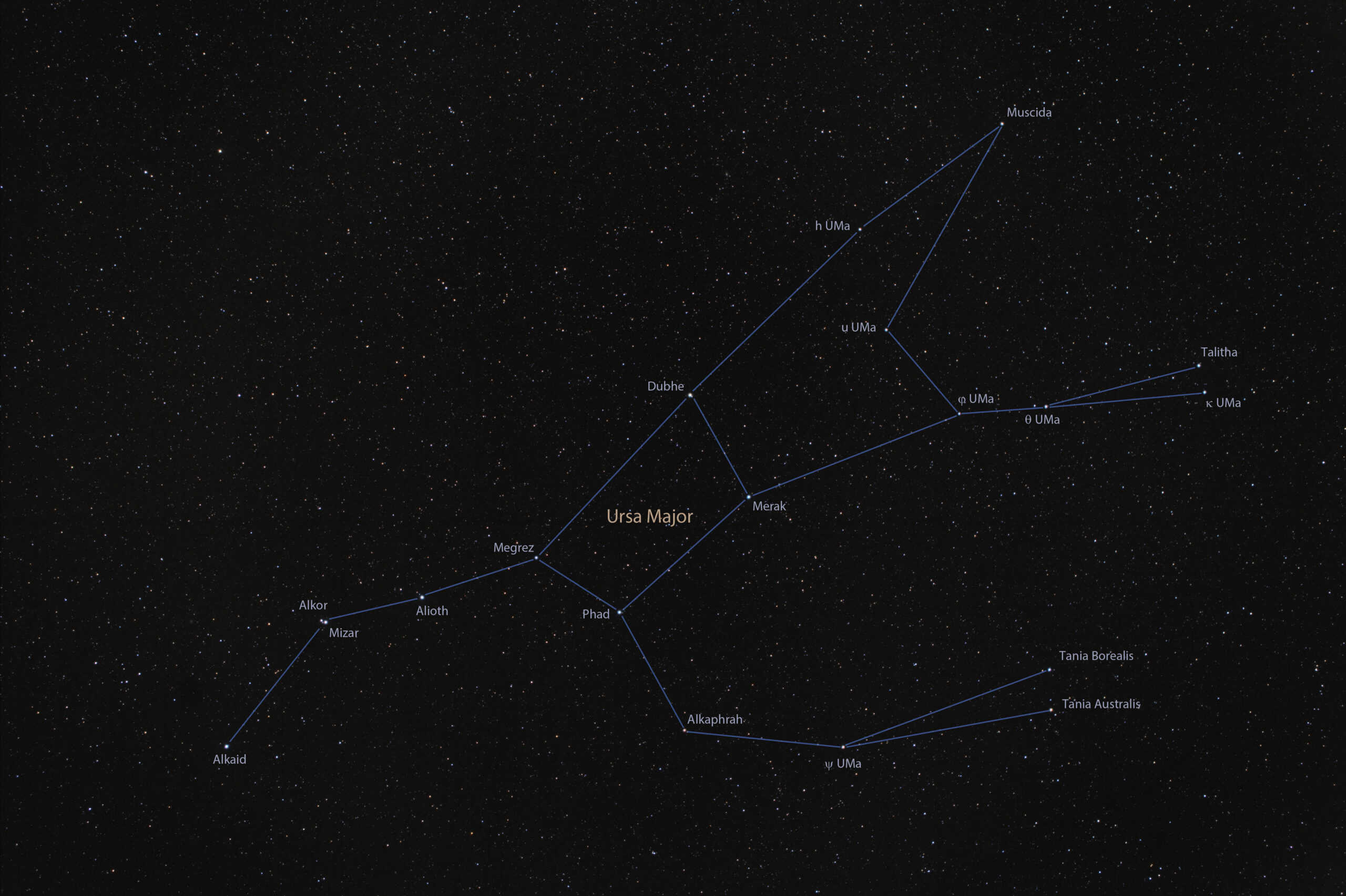
Ursa Major, or the Great Bear, contains the famous Big Dipper asterism. This constellation is a crucial navigation tool, as the Big Dipper points to the North Star, Polaris. You can see Ursa Major year-round in the northern hemisphere. Its status as one of the oldest recognized constellations adds to its mystique. Ursa Major’s stars form a pattern that has been used for centuries for navigation and storytelling. Its historical and practical significance makes it one of the most intriguing constellations in the night sky.
Draco
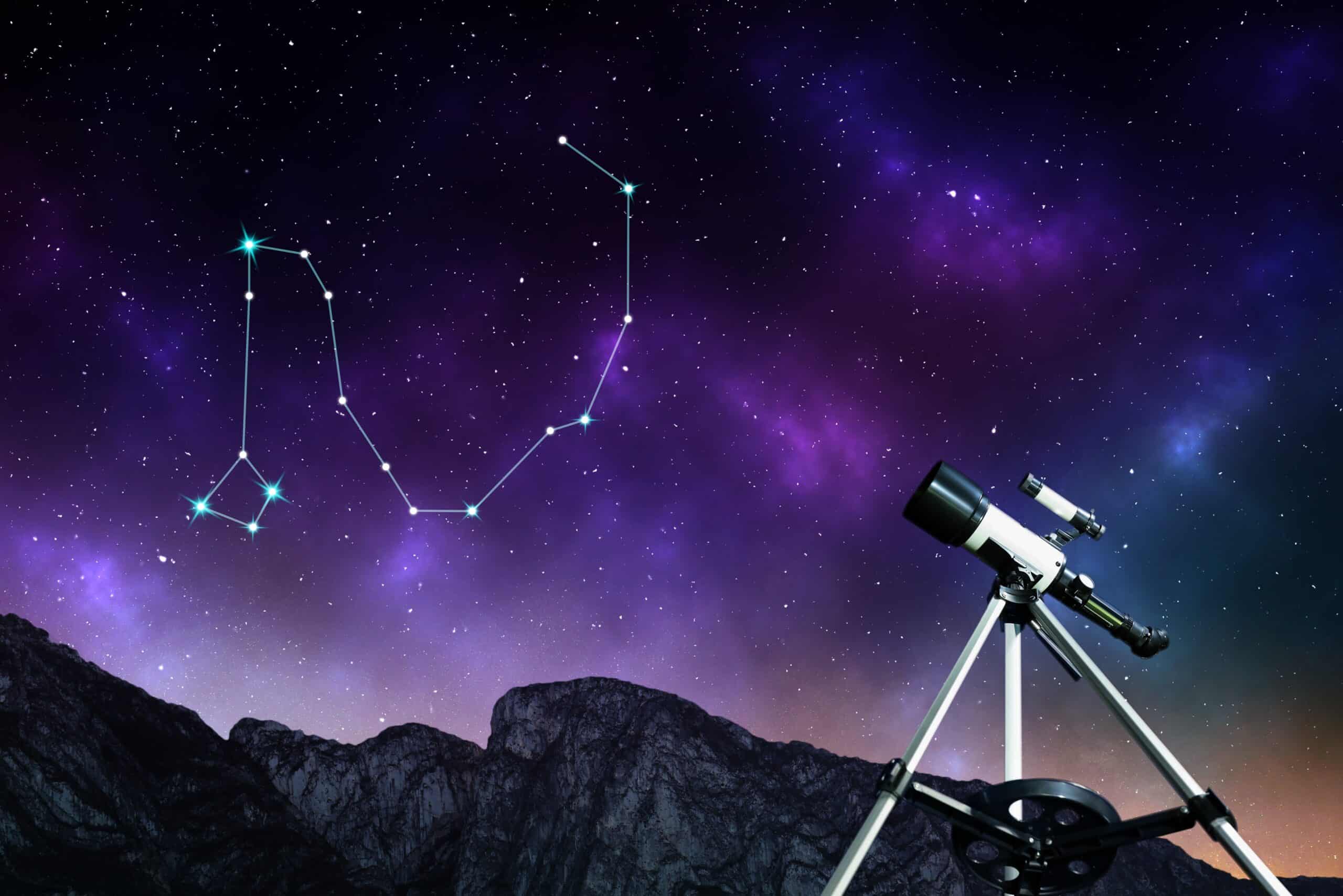
Draco, the Dragon, twists around the northern sky with its serpentine form. This constellation winds between Ursa Major and Ursa Minor, encompassing several faint but intriguing stars. Despite its relative faintness, its long and distinctive shape makes it stand out. Mythologically, Draco is often linked to various dragon legends across cultures, adding to its allure. Its mythological origins vary, making it a rich source of ancient stories. Draco remains visible all year in the northern hemisphere, providing endless fascination for stargazers.
Centaurus
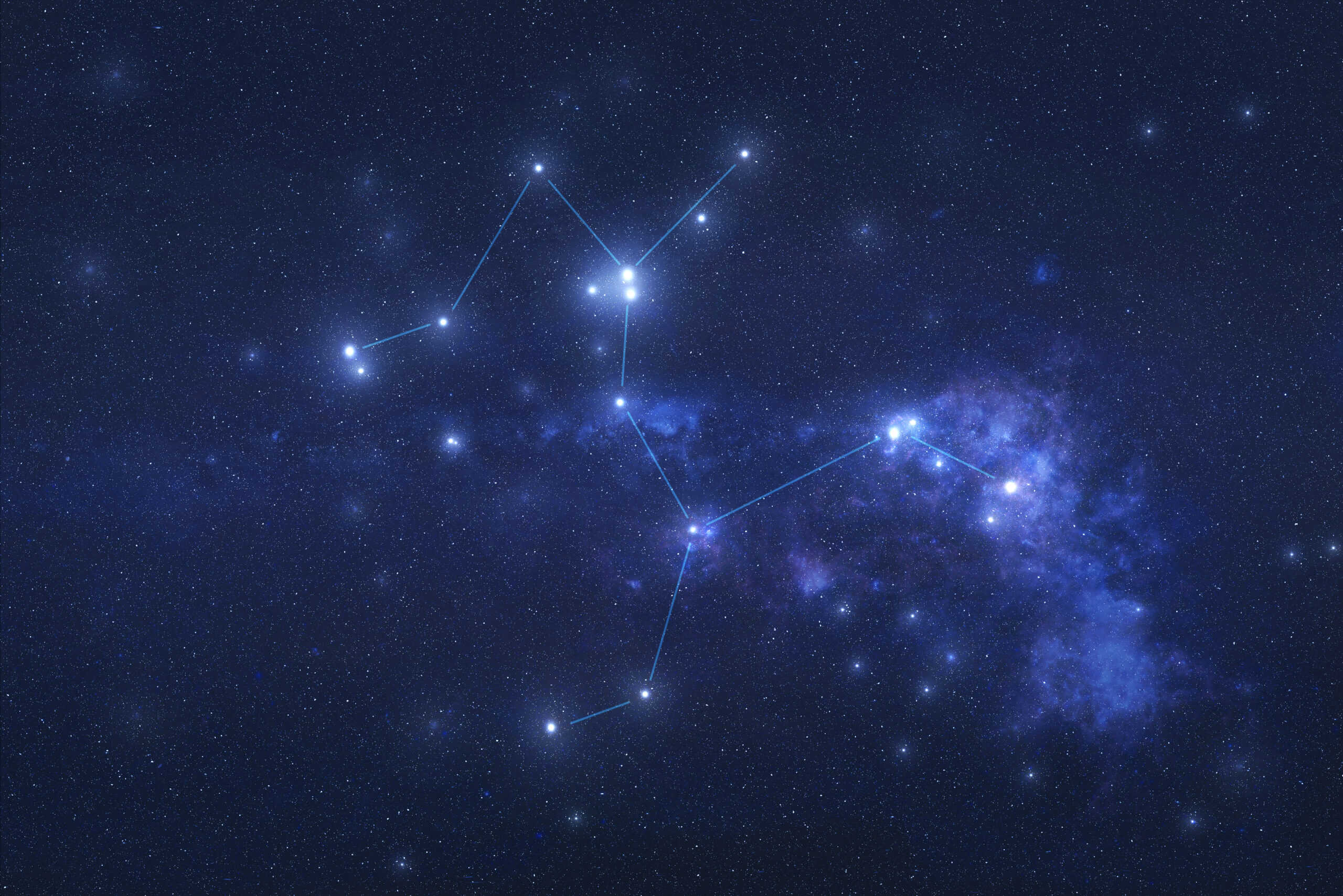
Centaurus, representing the centaur Chiron, stands out prominently in the southern sky. This constellation spans a large area and includes notable stars like Alpha Centauri and Beta Centauri. These stars are among the brightest in the night sky, making Centaurus easy to spot. Rich in star fields, Centaurus offers a plethora of deep-sky objects for observation. Its mythological roots in Greek stories, portraying a wise and noble centaur, add to its intrigue. Best viewed from the southern hemisphere, Centaurus can be found by looking towards the Milky Way, where its stars glitter against the dark sky.
Pegasus
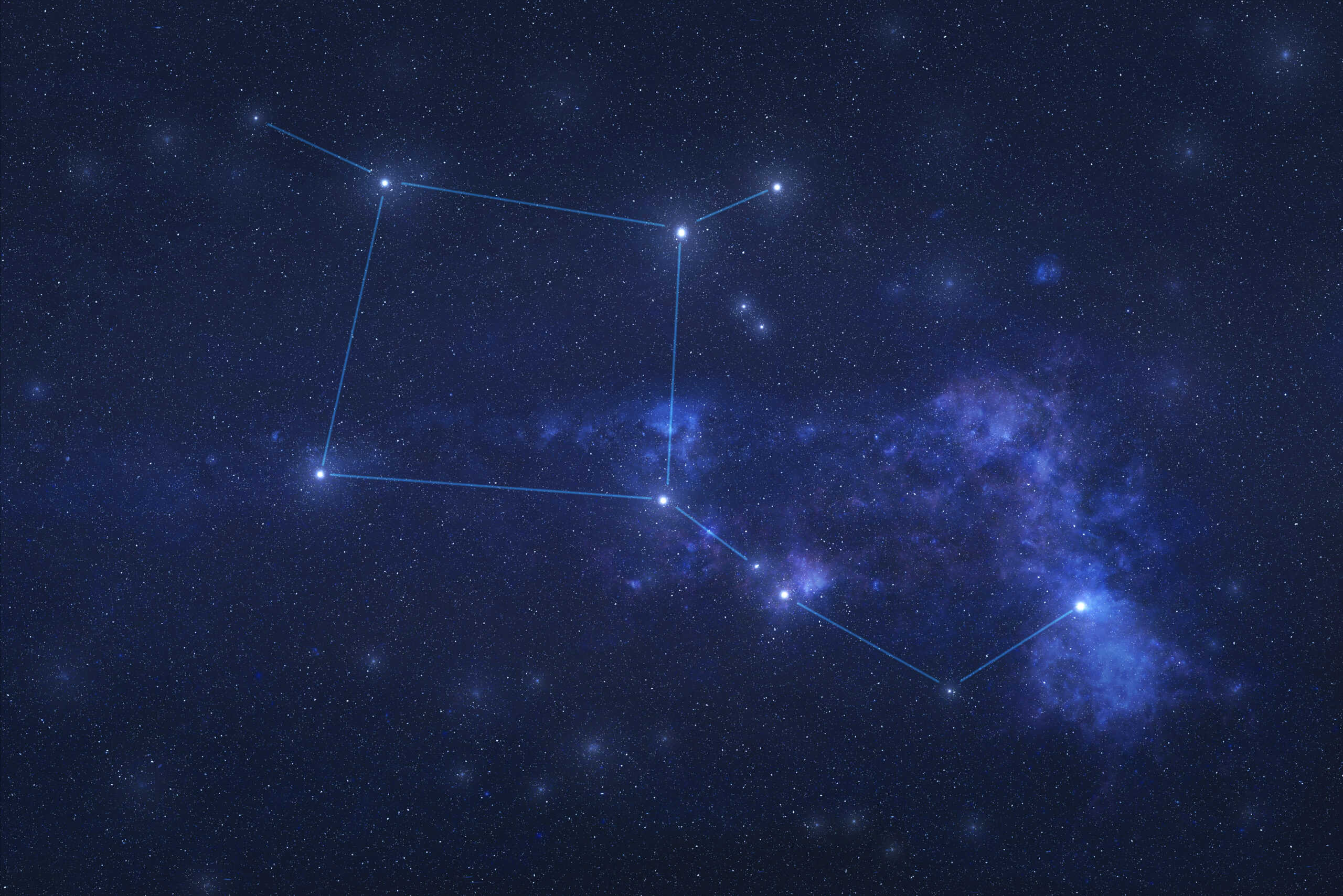
Pegasus, the Winged Horse, shines brightly in the northern autumn sky. The Great Square of Pegasus forms its body, a distinct asterism that makes it easy to identify. This large constellation contains several notable stars and interesting galaxies, like the Andromeda Galaxy nearby. Pegasus’s mythological significance as a majestic flying horse captivates both astronomers and myth enthusiasts. The constellation appears in the northeast sky in early evening, offering a spectacular sight. Spot it by locating the square shape, which stands out even in moderately light-polluted skies.
Cygnus
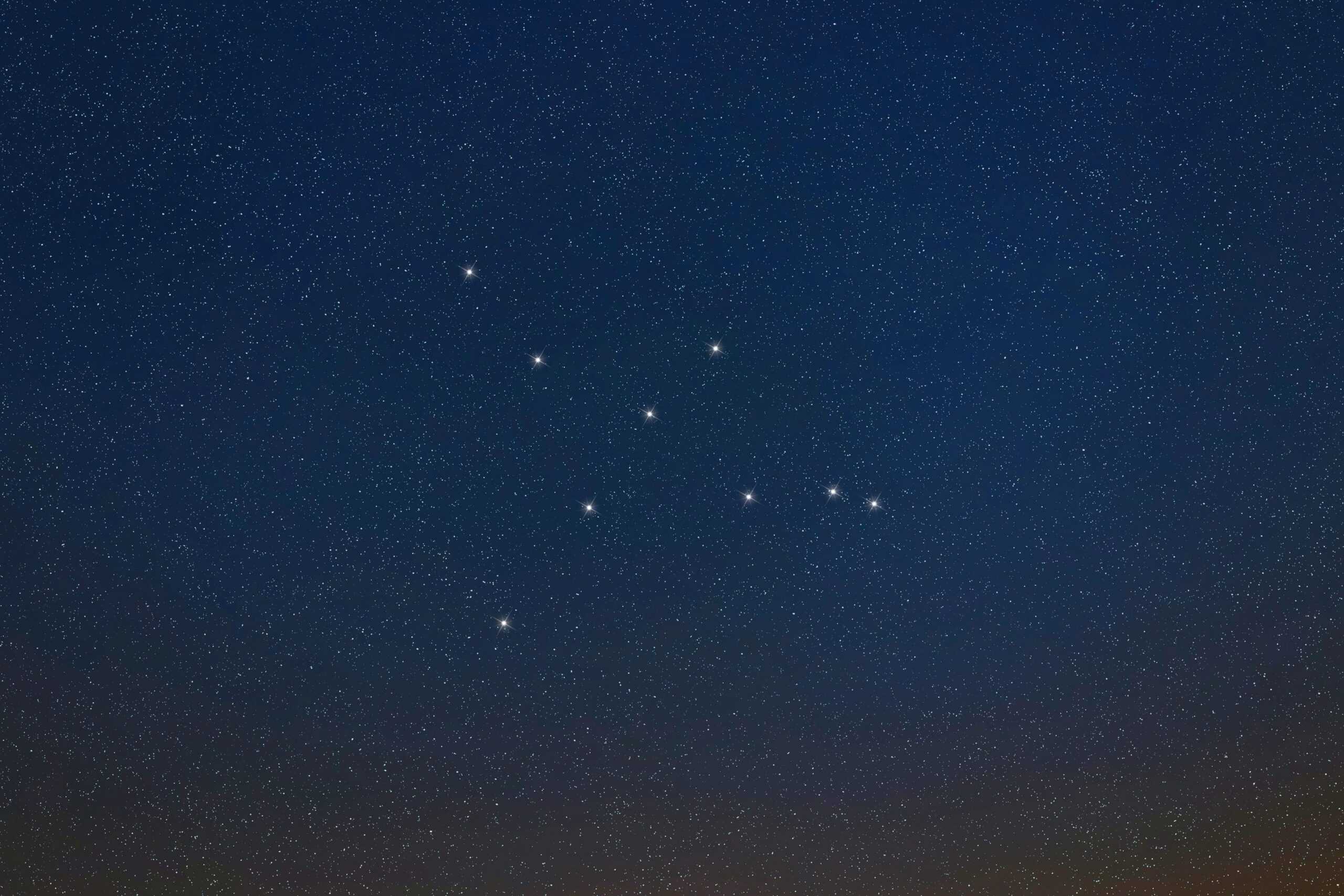
Cygnus, the Swan, flies gracefully across the Milky Way with its cross-like shape. The bright star Deneb, part of the Summer Triangle, marks its tail and serves as a guide. Rich in star fields, Cygnus offers numerous deep-sky objects, such as the North America Nebula. Cygnus’s mythological connections to Zeus, who transformed into a swan, add a layer of mystery to its celestial appearance. Visible in the northern summer and autumn, Cygnus is a favorite among astronomers for its beauty and mythological depth. Look for it soaring high in the northern sky, especially during the peak of summer.
Lyra
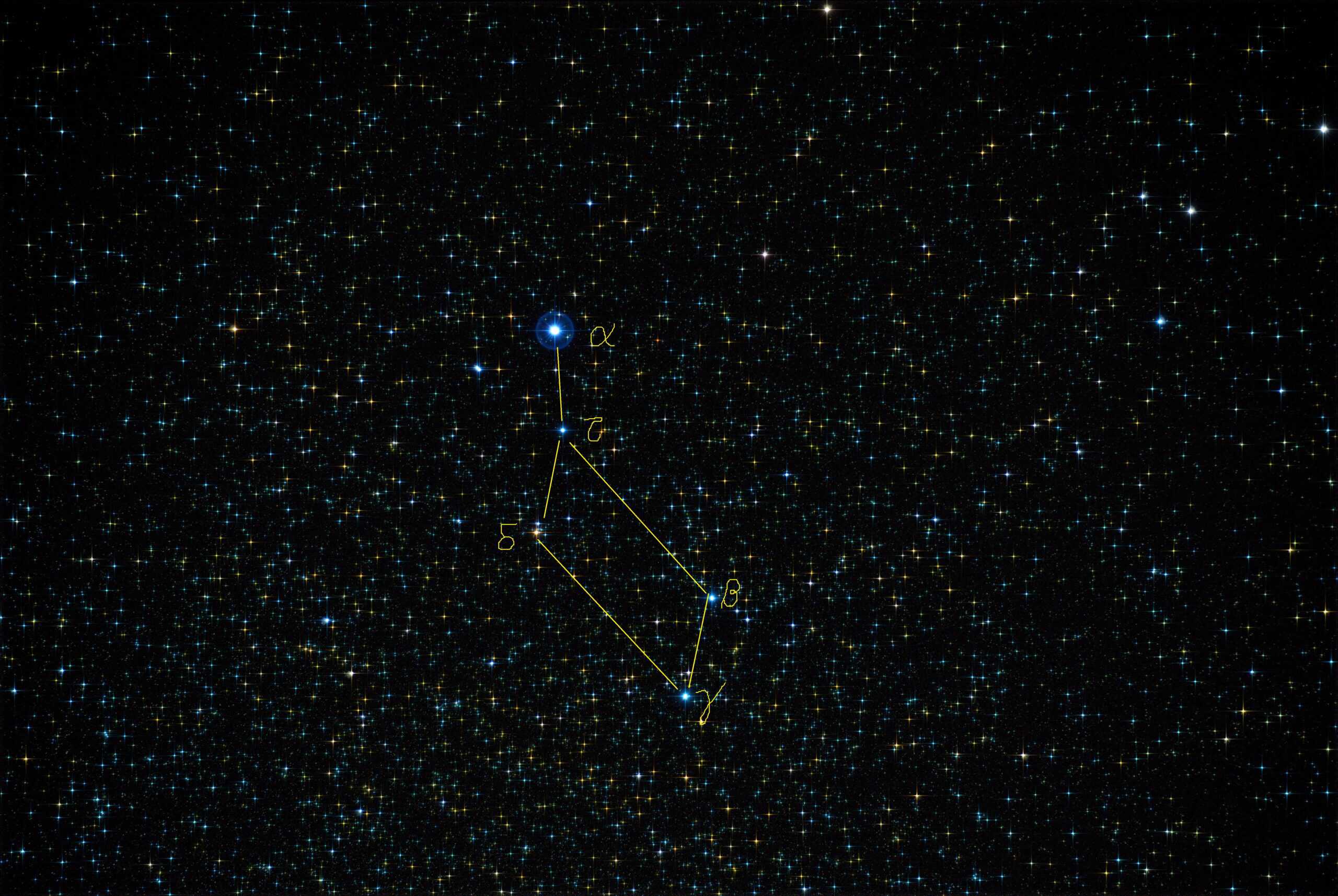
Lyra, the Lyre, is small but strikingly bright, thanks to Vega, one of the brightest stars in the night sky. This constellation, though compact, contains fascinating objects like the Ring Nebula, a favorite target for amateur astronomers. Lyra’s association with the myth of Orpheus, the legendary musician, adds to its enigmatic charm. The constellation is best seen in the summer and early autumn, making it a highlight of the warmer months. Find it by spotting Vega, which is easily visible and serves as a brilliant guide near the Milky Way.
Sagittarius
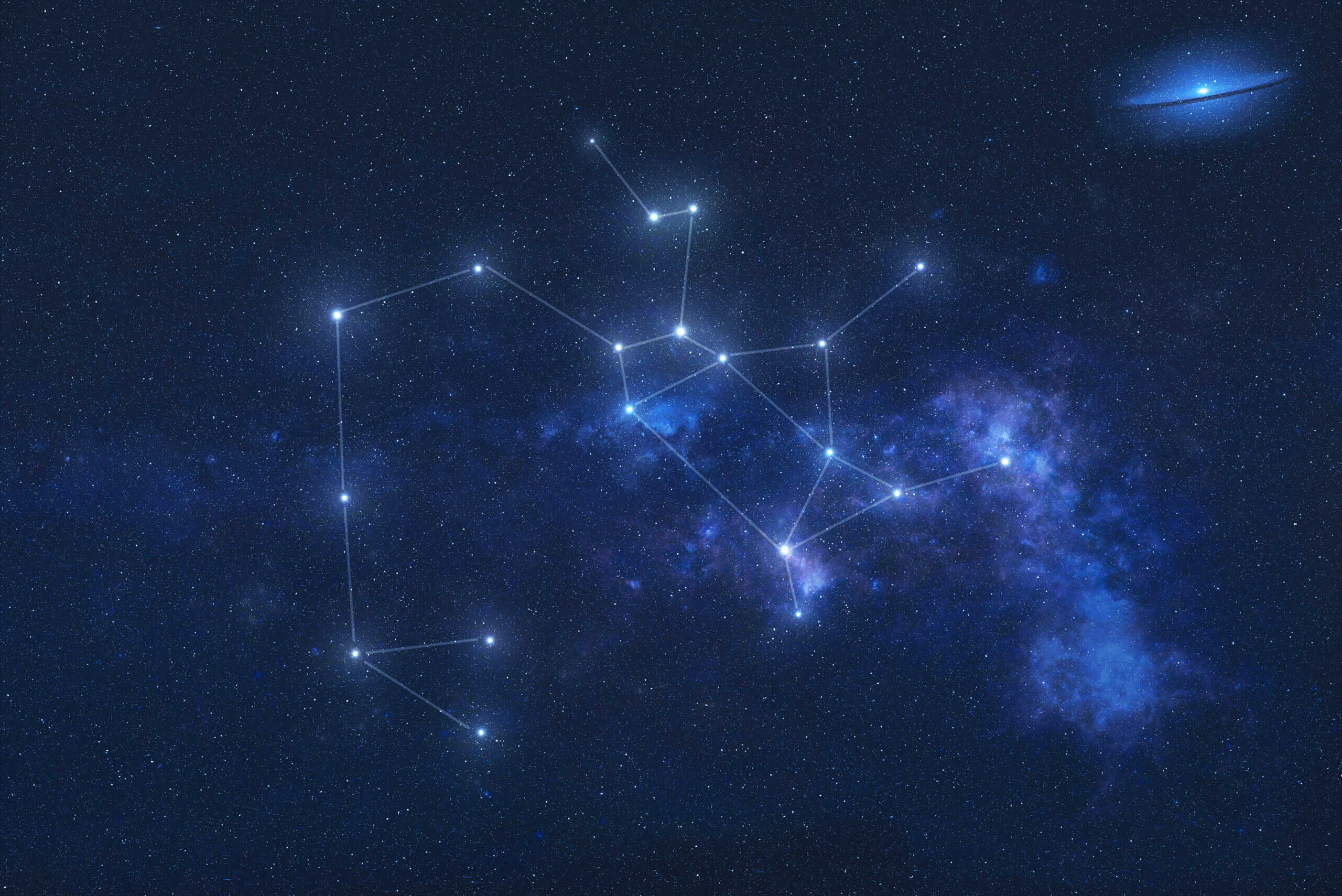
Sagittarius, the Archer, stands out in the southern sky. Its “teapot” shape makes it easy to recognize. You can find it by looking south during summer nights. It points toward the Milky Way’s galactic center. This constellation brims with star clusters and nebulae. The Lagoon Nebula and Trifid Nebula are highlights. Sagittarius’ enigmatic nature comes from its celestial treasures. It holds the heart of our galaxy. You can see the dense star fields and cosmic wonders through a telescope. Many stargazers find it a fascinating target for exploration.
Leo
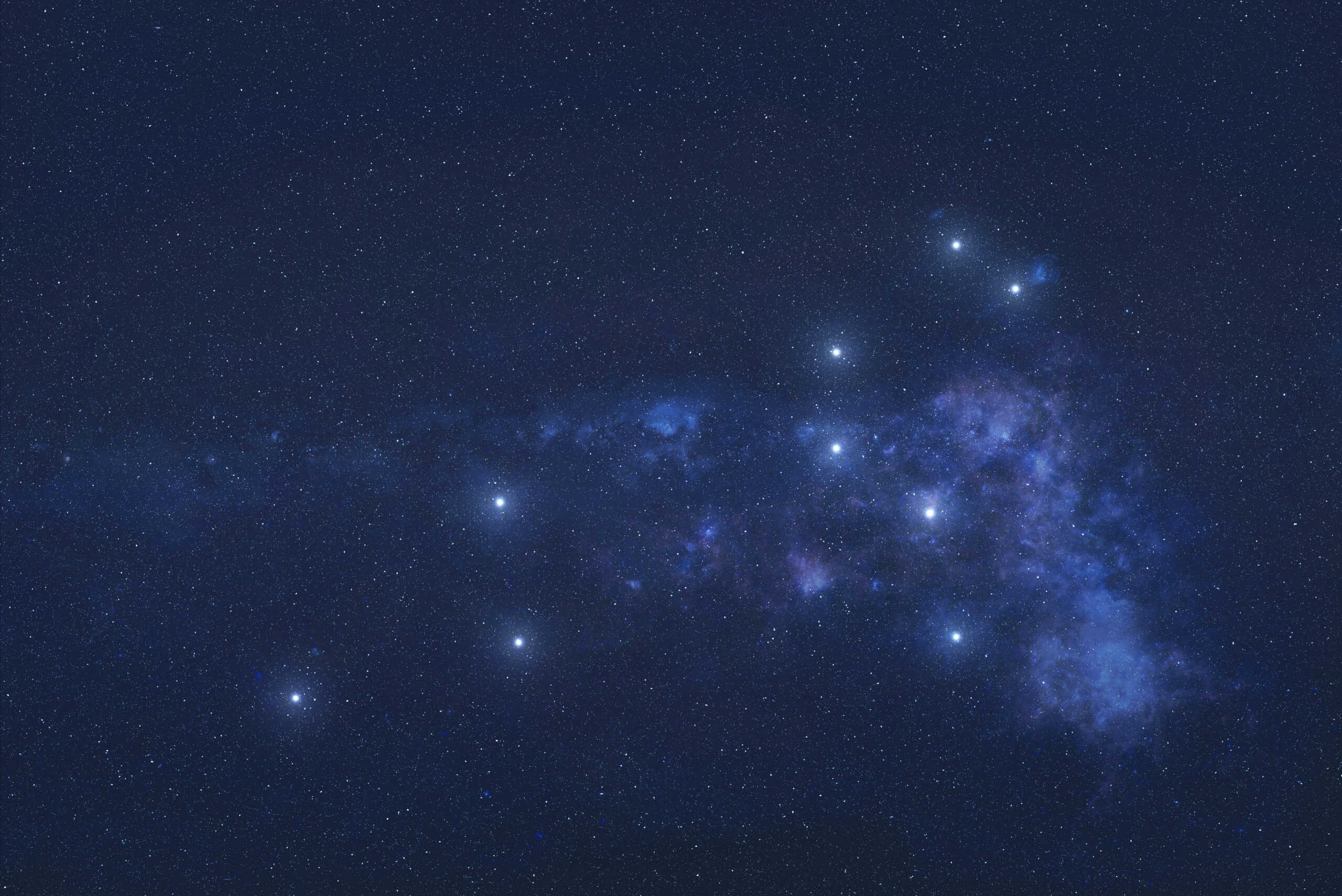
Leo, the Lion, dominates the spring sky. Its shape resembles a reclining lion. To find Leo, look for the “sickle” pattern that outlines its head. This pattern starts from Regulus, the brightest star in Leo. It shines prominently in the eastern evening sky during spring. Leo’s mystery lies in its rich mythology. Ancient cultures revered it as a symbol of strength. The constellation also contains several bright galaxies. The Leo Triplet is a notable galaxy group worth exploring.
Taurus
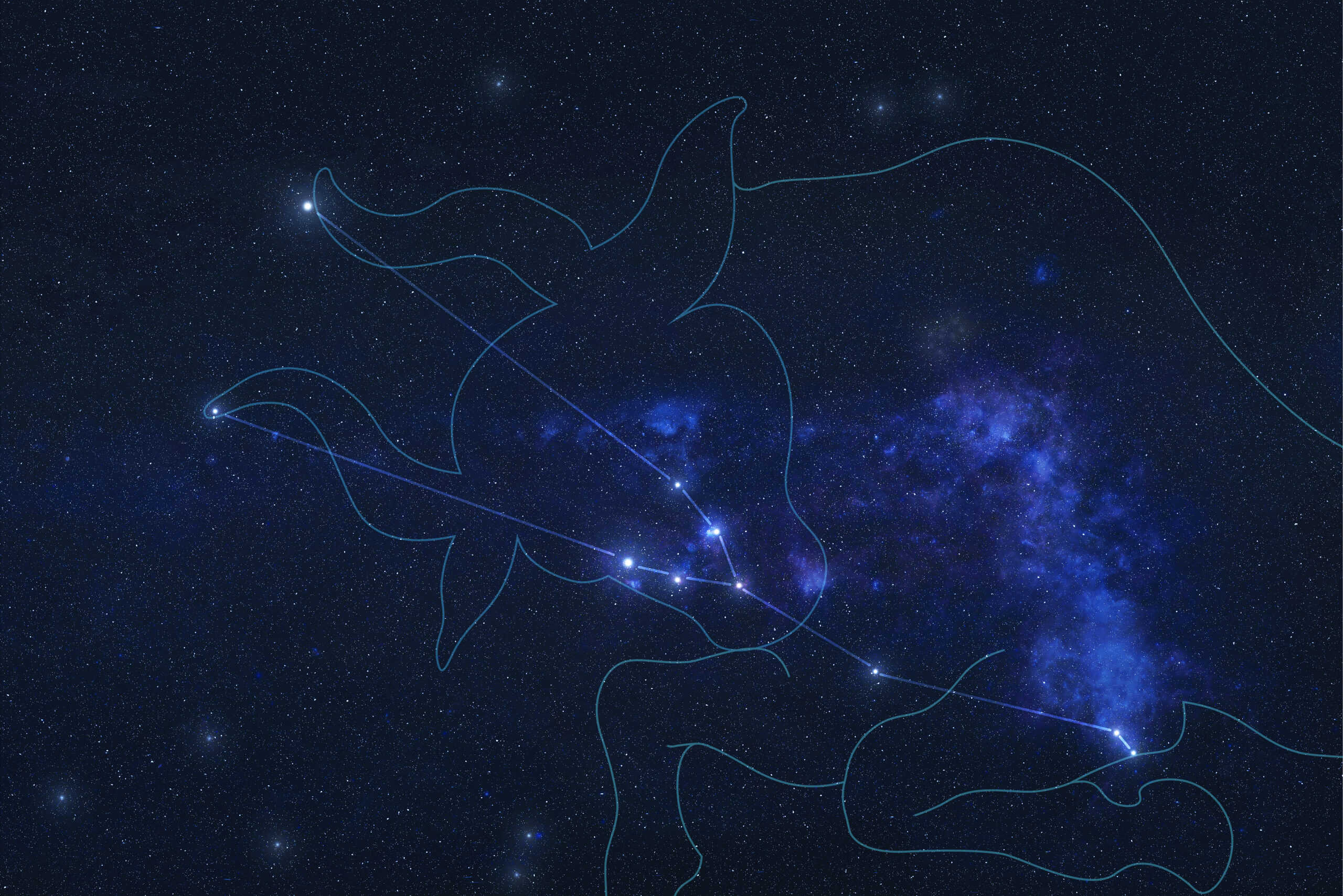
Taurus, the Bull, is a winter constellation. It features Aldebaran, a bright red giant star. The V-shaped Hyades cluster forms the bull’s face. Look for Taurus in the eastern sky after sunset. The Pleiades star cluster sits nearby, adding to its charm. Taurus holds enigmatic appeal due to its star clusters. The Pleiades, also called the Seven Sisters, have been observed since ancient times. Taurus also plays a key role in zodiac lore. Its visibility makes it a favorite for stargazers in winter.
Hydra

Hydra, the Water Serpent, is the longest constellation. It winds its way across the southern sky. Hydra’s head is near Cancer and its tail near Libra. You can spot it in the spring, stretching across the horizon. Alphard, the brightest star in Hydra, helps identify it. Hydra’s enigma comes from its vast size and faint stars. Its sprawling form requires dark skies for full appreciation. Mythology portrays Hydra as a multi-headed serpent, adding to its mystique. Observing Hydra can be a challenge, but it rewards patient stargazers with its unique shape.
This article originally appeared on Rarest.org.
More from Rarest.org
1958 Washington Quarter Value Guide

The 1958 Washington quarter is among the US coins made of silver before the US Mint decided to turn most coins to base metals. Thus, if you’re looking for a silver coin, then one of your options would be the 1958 Washington quarter. Read More.
1959 Roosevelt Dime Value Guide

The 1959 Roosevelt dime is composed of 90% silver and 10% copper. The same composition was used for the Roosevelt dimes from 1946 until 1965, when the dime was turned into cupronickel according to the Coinage Act of 1965. Read More.
1954 Wheat Penny Value Guide

The Lincoln penny is perhaps the most popular coin in the United States. Not just because of how much it is used in everyday life but because it has been in circulation since 1909. Read More.
